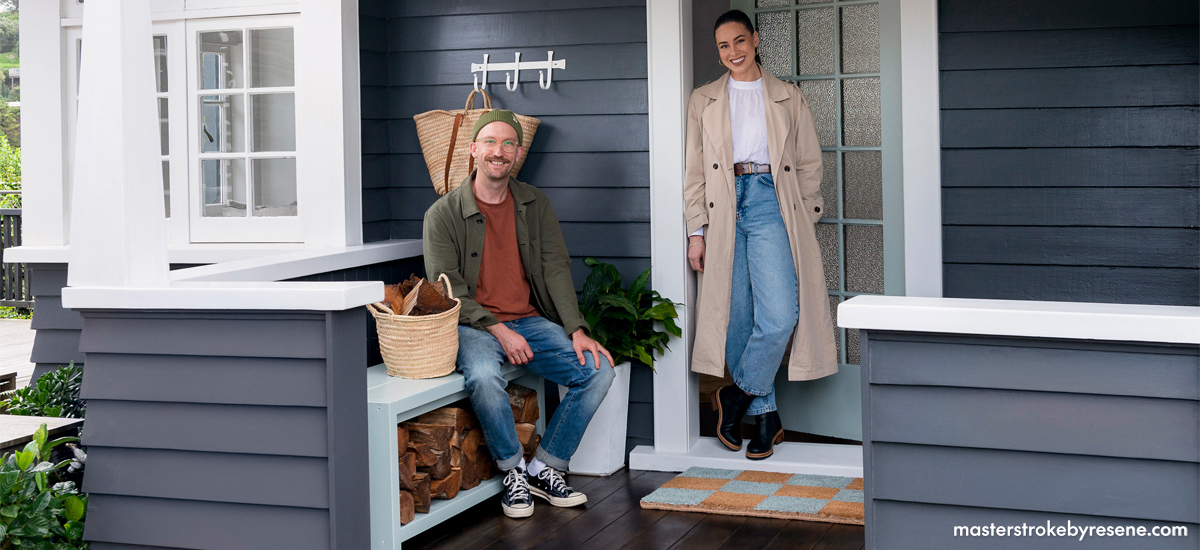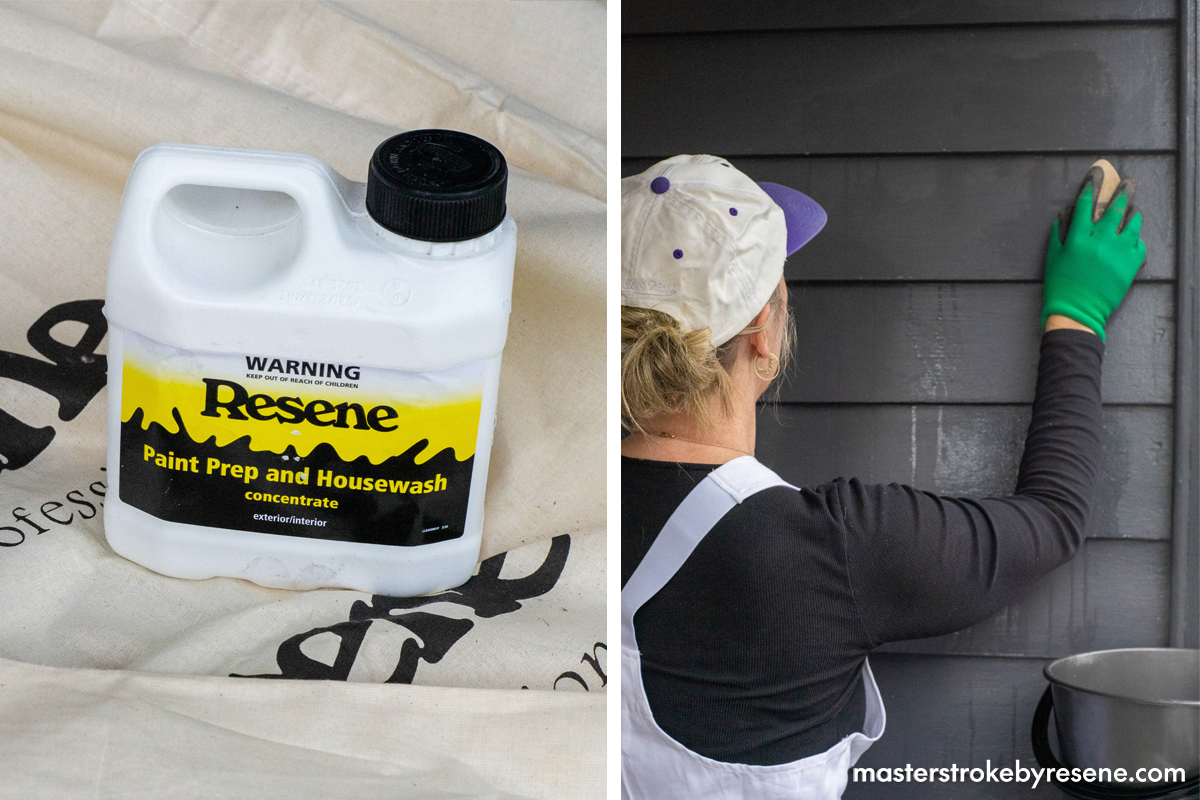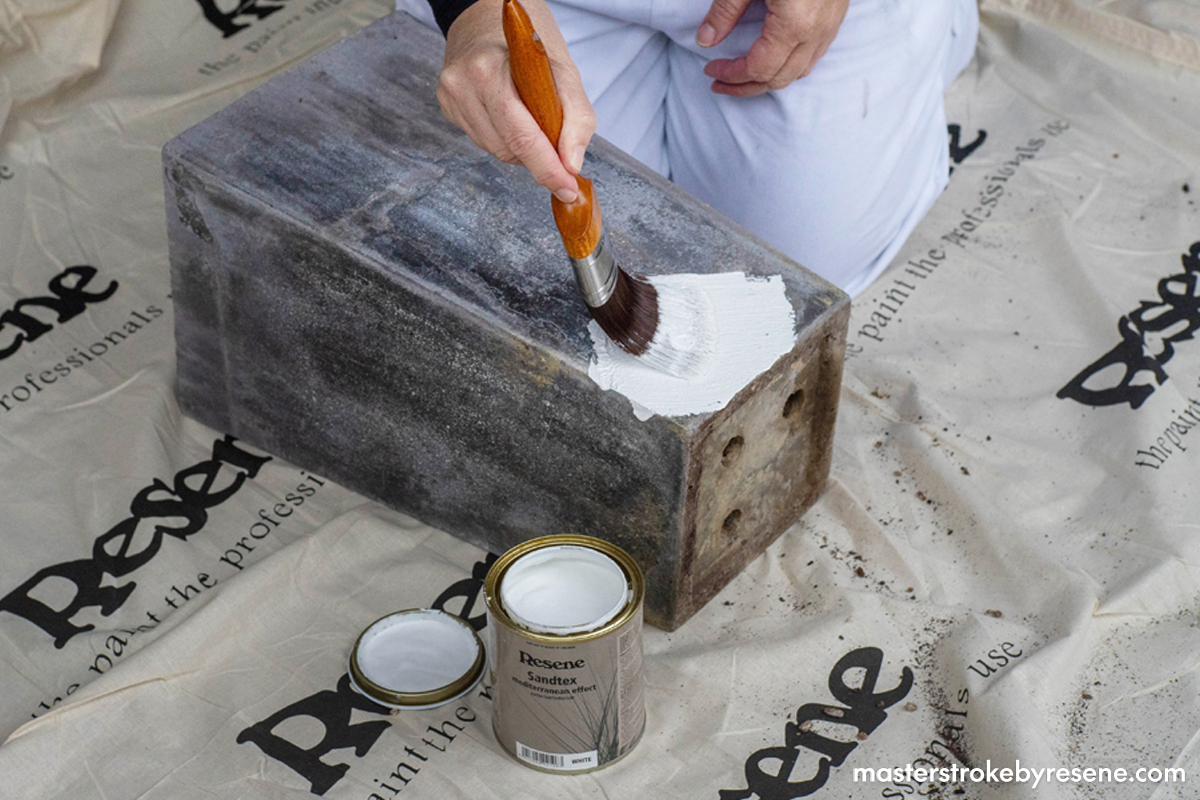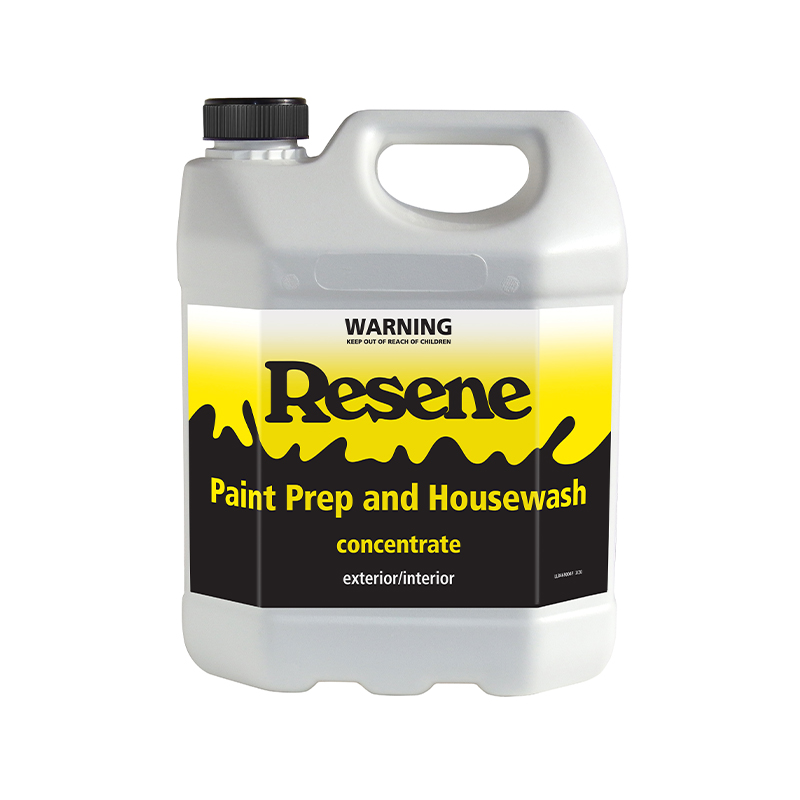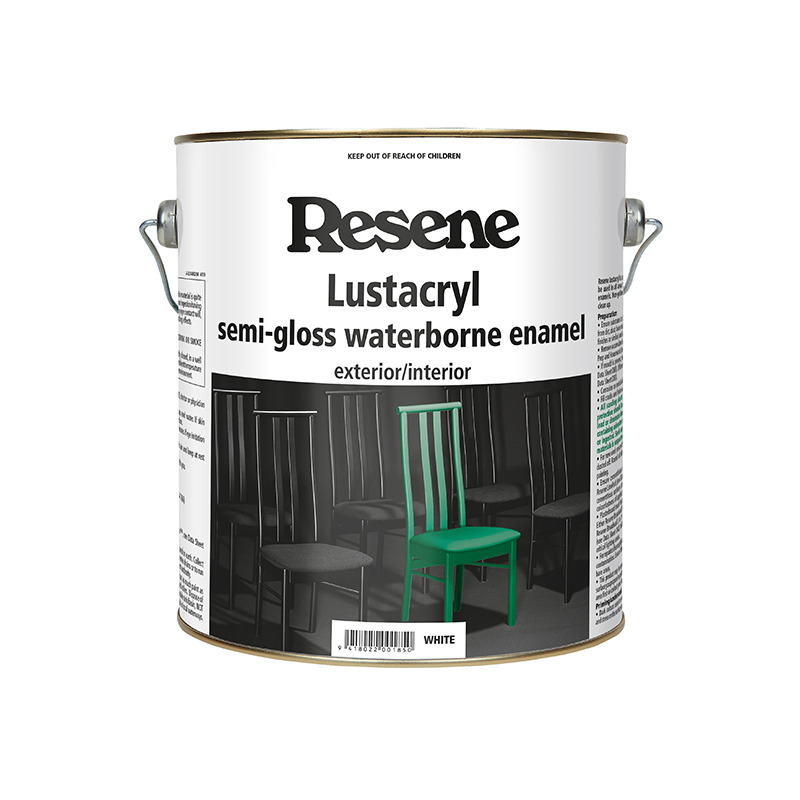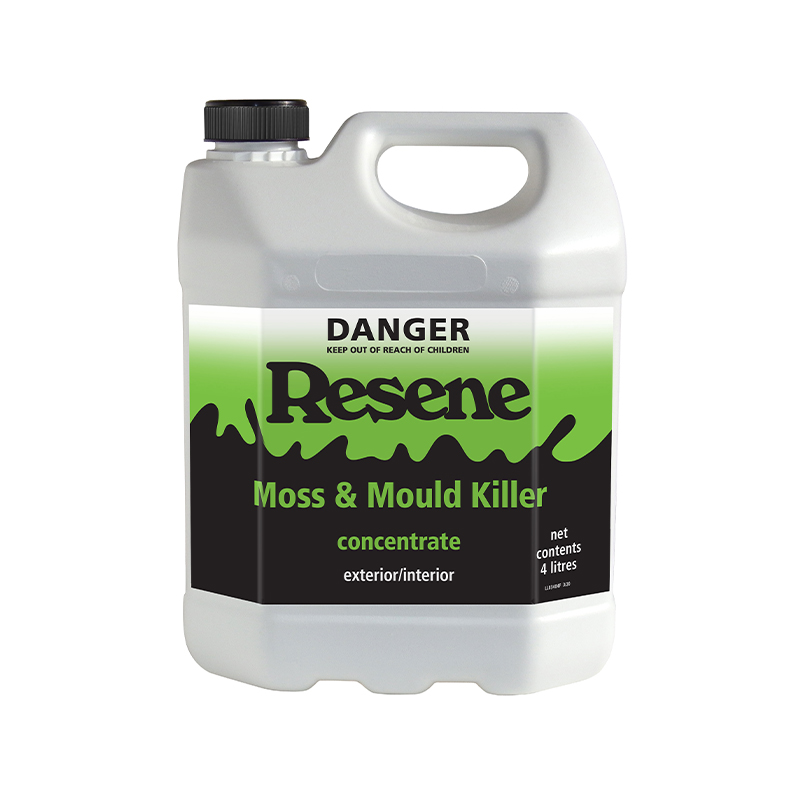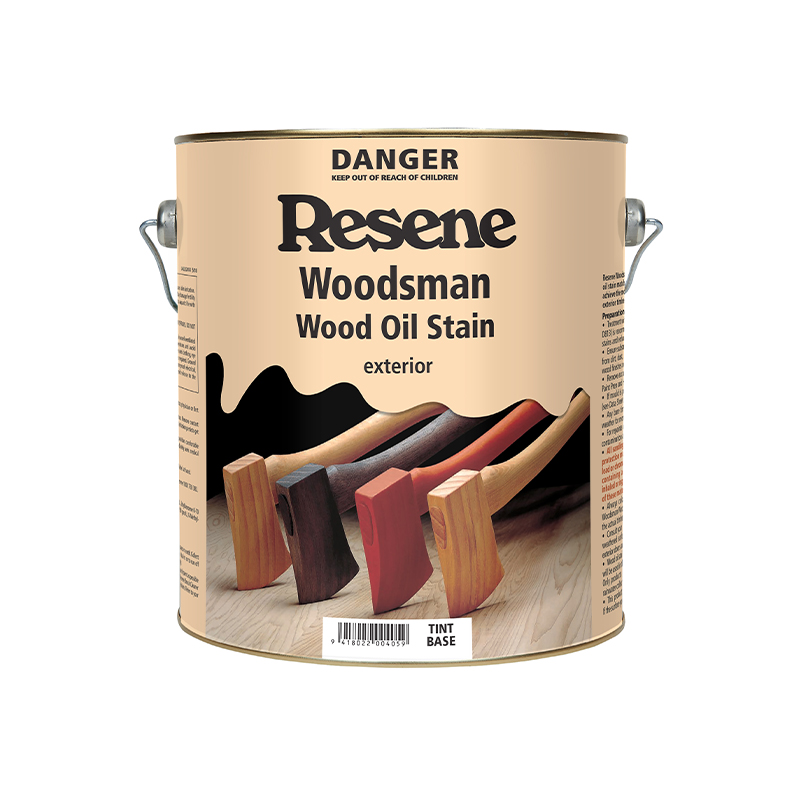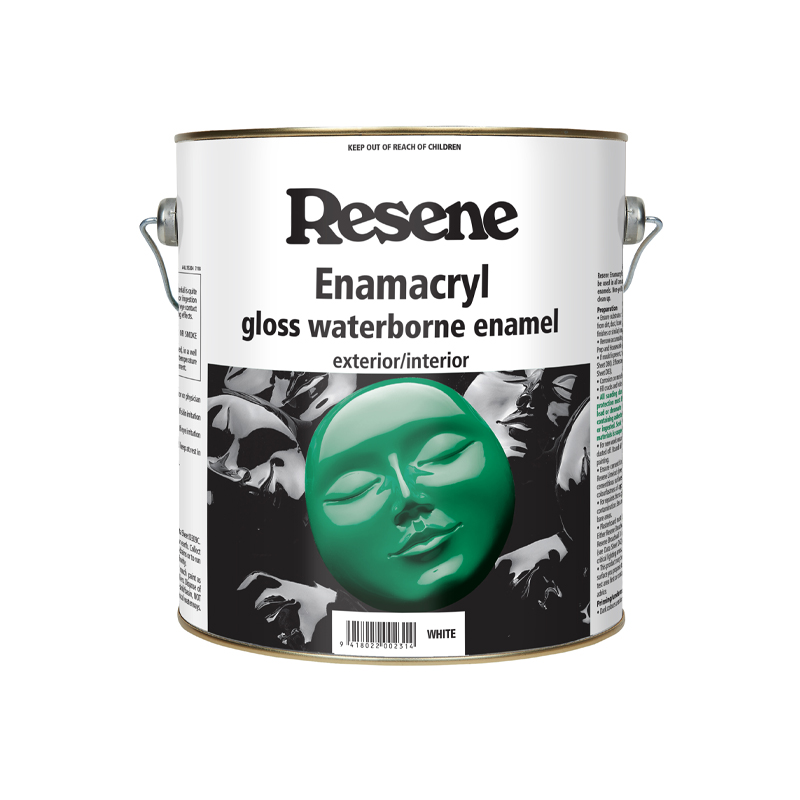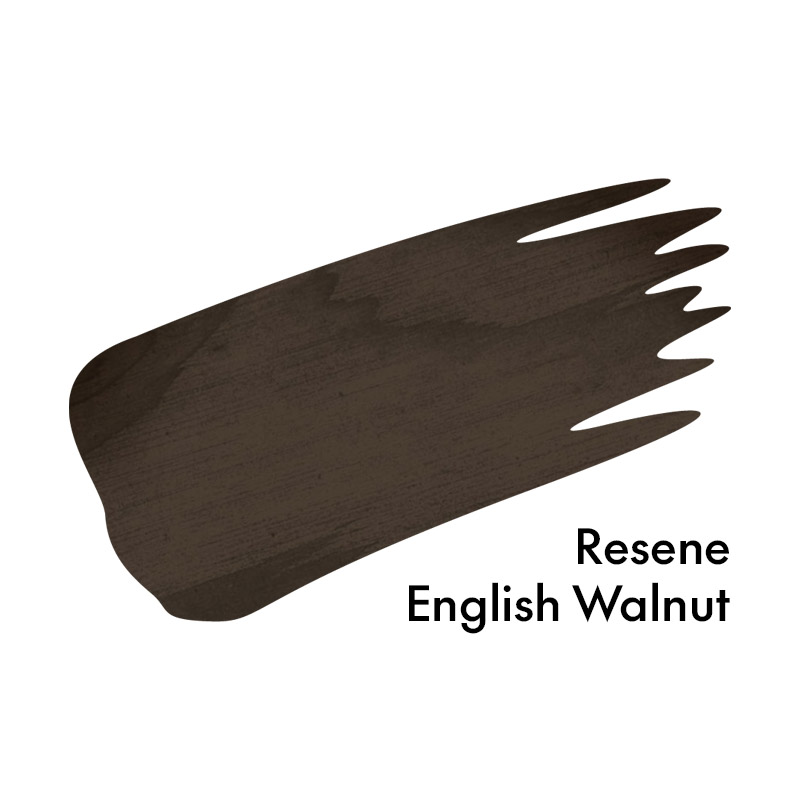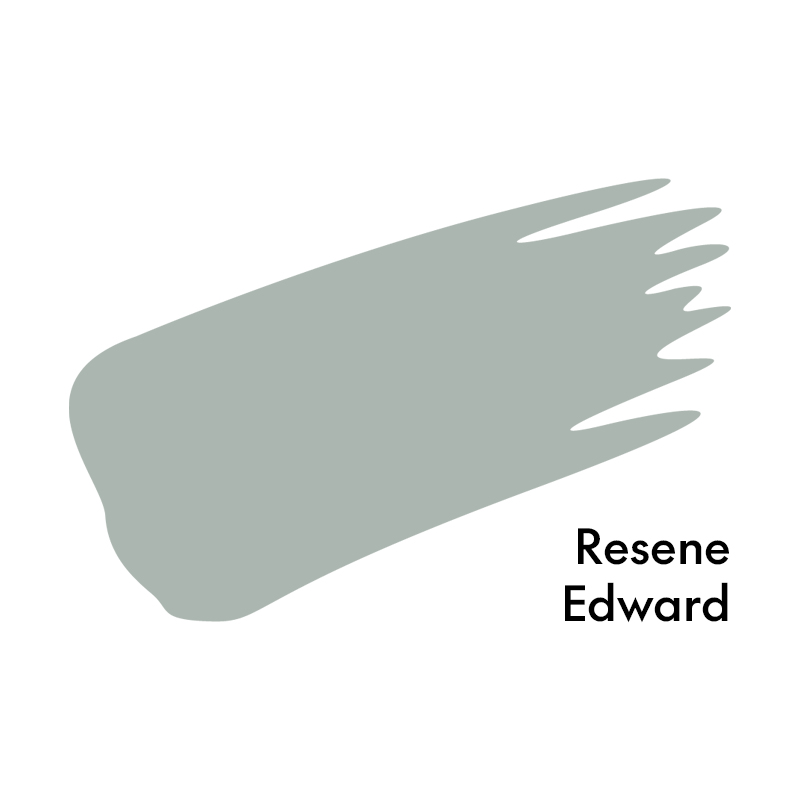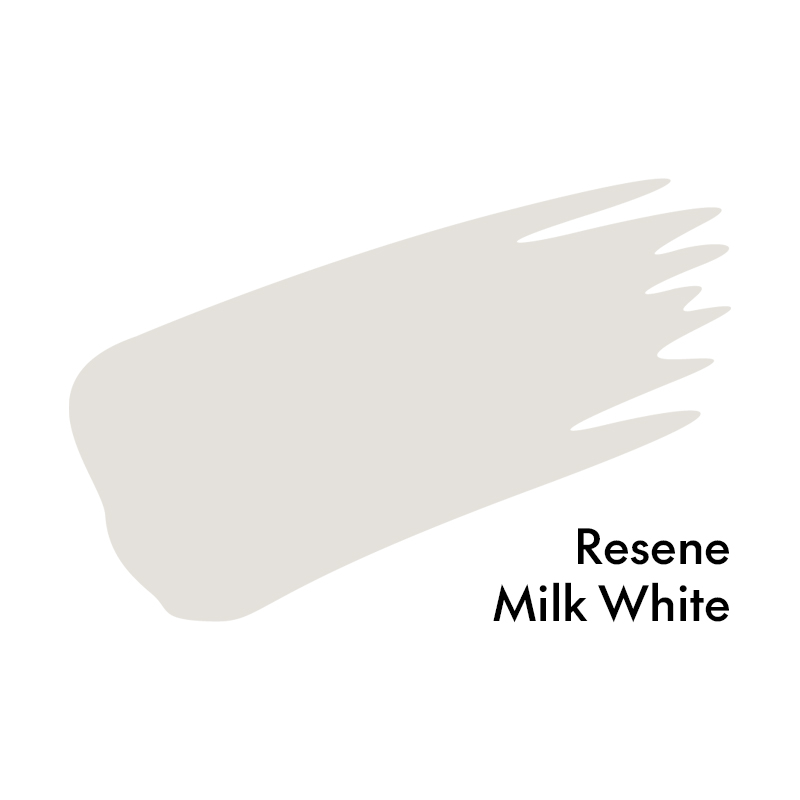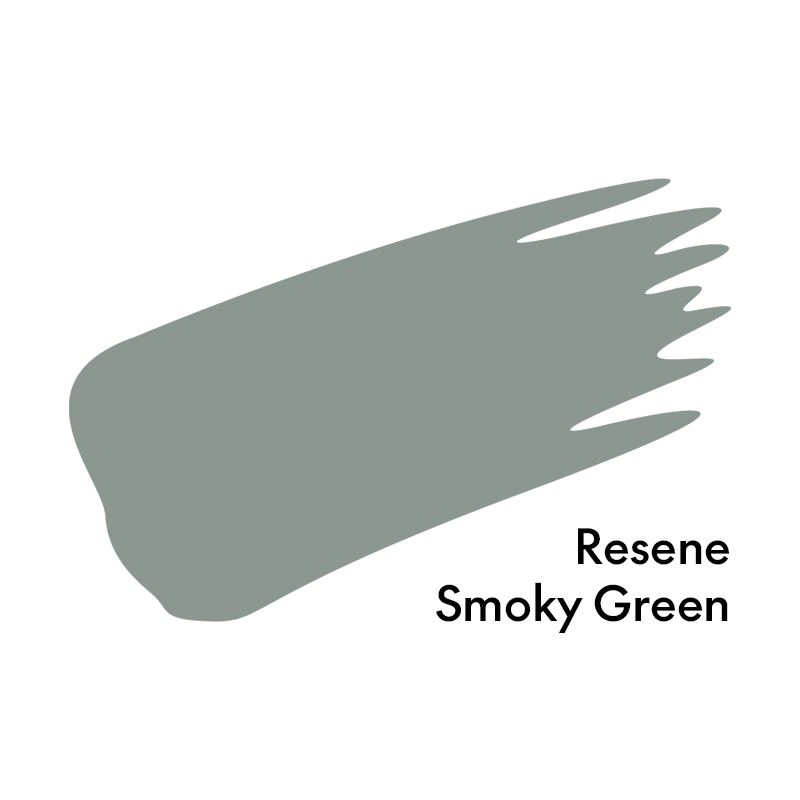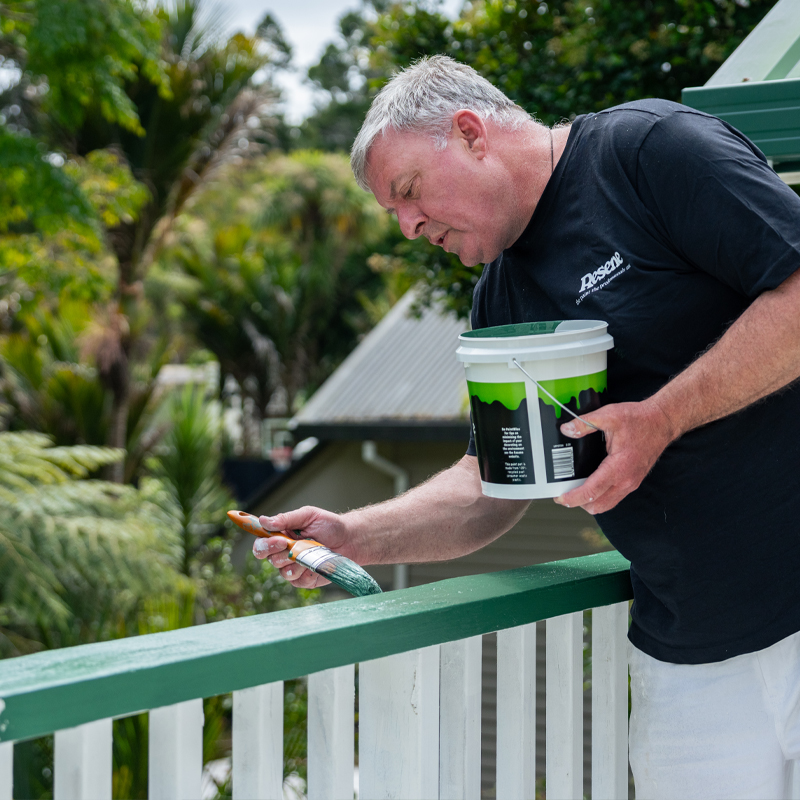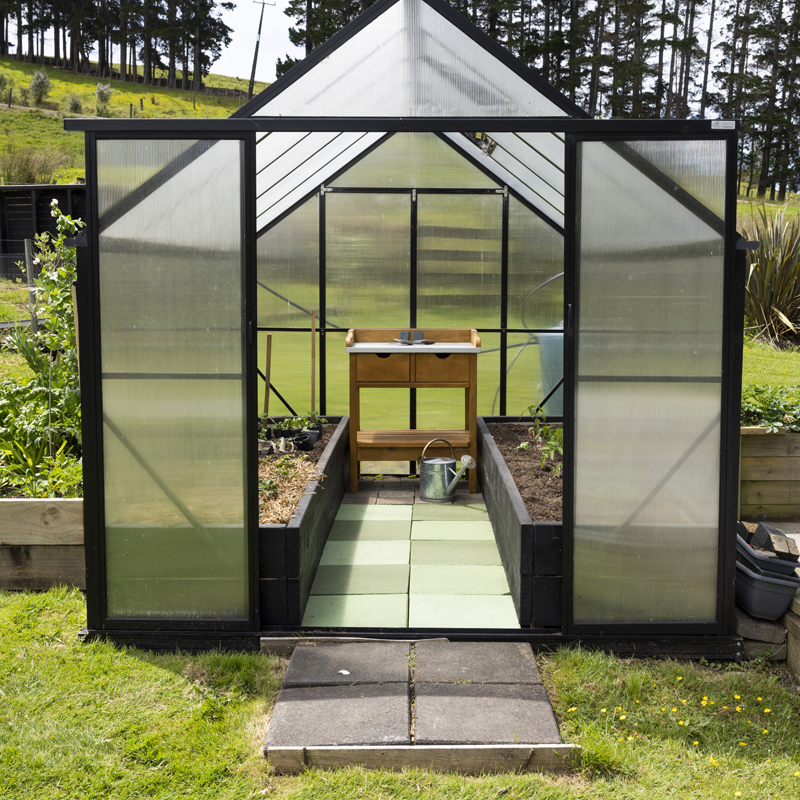Cleaning and updating a covered porch as a winter DIY project can be a super satisfying way to spruce up your home’s front entrance. The best place to start is by painting the front door a vibrant hue as this will give your porch a splash of colour and add some individuality to your home. It’s always a good idea to choose a Resene paint colour that complements the exterior of your home but still makes the door pop.
Next up, it’s time to stain your porch floor. Choosing a good Resene wood stain helps to protect the wood from the elements while also giving the porch a fresh, updated look. To begin, thoroughly clean your porch floor with Resene Timber and Deck Wash and allow it to dry completely.
Once dry, stain the entire floor using a Swish lambswool floor applicator (we picked ours up from our local Resene ColorShop). Apply the stain in long strokes, similar to mopping the floor. The number of coats you apply will depend on the condition of your porch – for most projects you’ll need two coats. Take care not to apply too much as it needs to penetrate into the timber, not sit on top. Allow plenty of dry time in between coats so your porch is nice and dry before anyone steps onto it.
Painting your doormat is a great way to take advantage of the current trend for geometric patterns without doing anything too permanent to your floor. This creative project adds personality to your porch and makes it welcoming for visitors. Choose a plain doormat and use Resene testpots to paint the design, or paint your own welcome message or fun design. Be sure to allow the paint to dry completely before using.
Top tips:
- Use a gloss finish like Resene Enamacryl to make your front door colour stand out.
- Stain your deck on an overcast or cloudy day so it doesn’t dry out too quickly. You want the stain to have time to soak into the timber before night falls, so start early enough in the day so the stain can penetrate into the wood rather than drying out on the surface.
- If you’re choosing a dark colour, consider using a Resene CoolColour version. It’s designed to reflect more heat to help keep your paint and project cooler.

